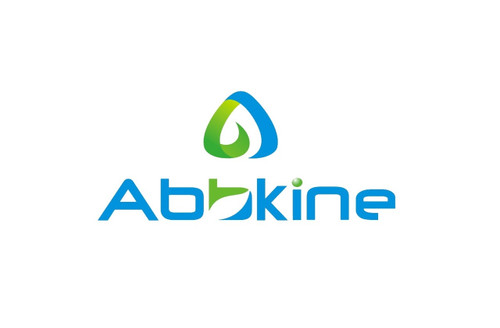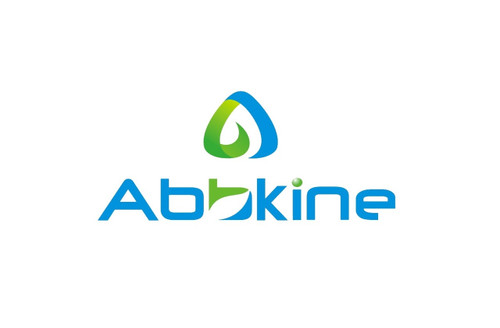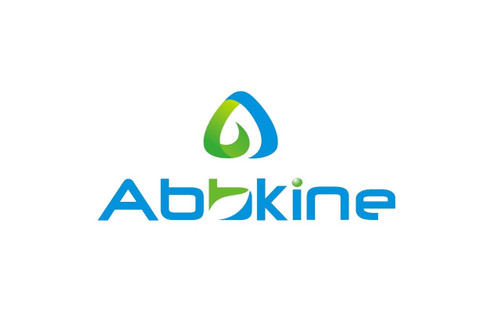Product Description
Human Tropomodulin-1 (TMOD1) ELISA Kit | AE14152HU | Abebio
Species Reactivity: Human (Homo sapiens)
Abbreviation: TMOD1
Alternative Name: D9S57E; ETMOD; TMOD; OTTHUMP00000021743|e-tropomodulin|erythrocyte tropomodulin
Application: ELISA
Range: Request Information
Sensitivity: Request Information
Intra-Assay: ≤5.2%
Inter-Assay: ≤7.6%
Recovery: 0, 91
Sample Type: Serum, Plasma, Other biological fluids
Detection Method: Sandwich
Analysis Method : Quantitive
Test Principale: This assay employs a two-site sandwich ELISA to quantitate TMOD1 in samples. An antibody specific for TMOD1 has been pre-coated onto a microplate. Standards and samples are pipetted into the wells and anyTMOD1 present is bound by the immobilized antibody. After removing any unbound substances, a biotin-conjugated antibody specific for TMOD1 is added to the wells. After washing, Streptavidin conjugated Horseradish Peroxidase (HRP) is added to the wells. Following a wash to remove any unbound avidin-enzyme reagent, a substrate solution is added to the wells and color develops in proportion to the amount of TMOD1 bound in the initial step. The color development is stopped and the intensity of the color is measured.
Product Overview: TMOD1 encodes a member of the tropomodulin family. The encoded protein is an actin-capping protein that regulates tropomyosin by binding to its N-terminus, inhibiting depolymerization and elongation of the pointed end of actin filaments and thereby influencing the structure of the erythrocyte membrane skeleton. TMOD gene is expressed in major human tissues at different levels in the following order: heart and skeletal muscle much greater than in brain, lung, and pancreas, which is greater than in placenta, liver, and kidney. They pointed to structural similarities between tropomodulin and the 64-kD autoantigen in Graves disease and suggested that the 2 genes evolved from a common ancestral gene.
Stability: The stability of ELISA kit is determined by the loss rate of activity. The loss rate of this kit is less than 5% within the expiration date under appropriate storage condition. The loss rate was determined by accelerated thermal degradation test. Keep the kit at 37°C for 4 and 7 days, and compare O.D.values of the kit kept at 37°C with that of at recommended temperature. (referring from China Biological Products Standard, which was calculated by the Arrhenius equation. For ELISA kit, 4 days storage at 37°C can be considered as 6 months at 2 - 8°C, which means 7 days at 37°C equaling 12 months at 2 - 8°C) .
 Euro
Euro
 USD
USD
 British Pound
British Pound
 NULL
NULL












